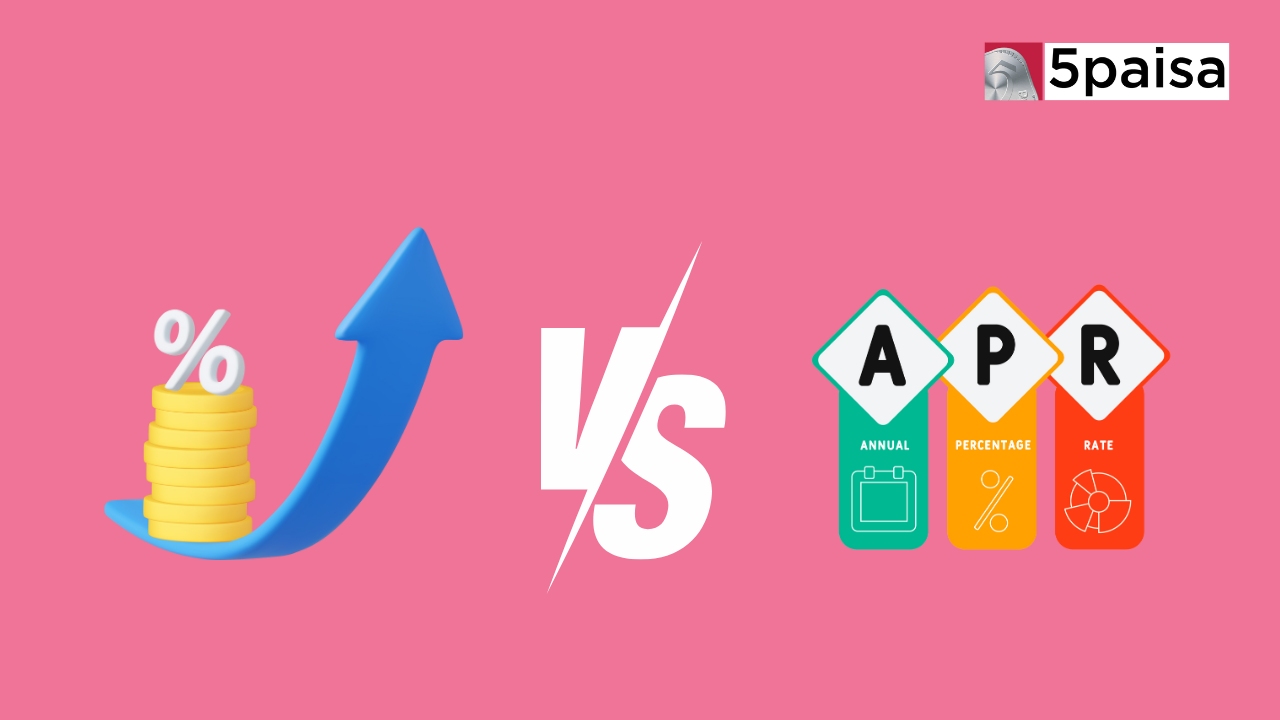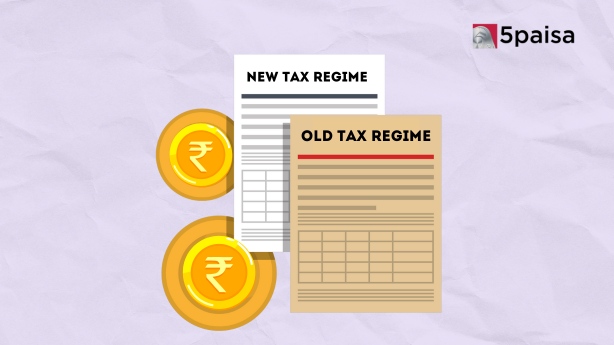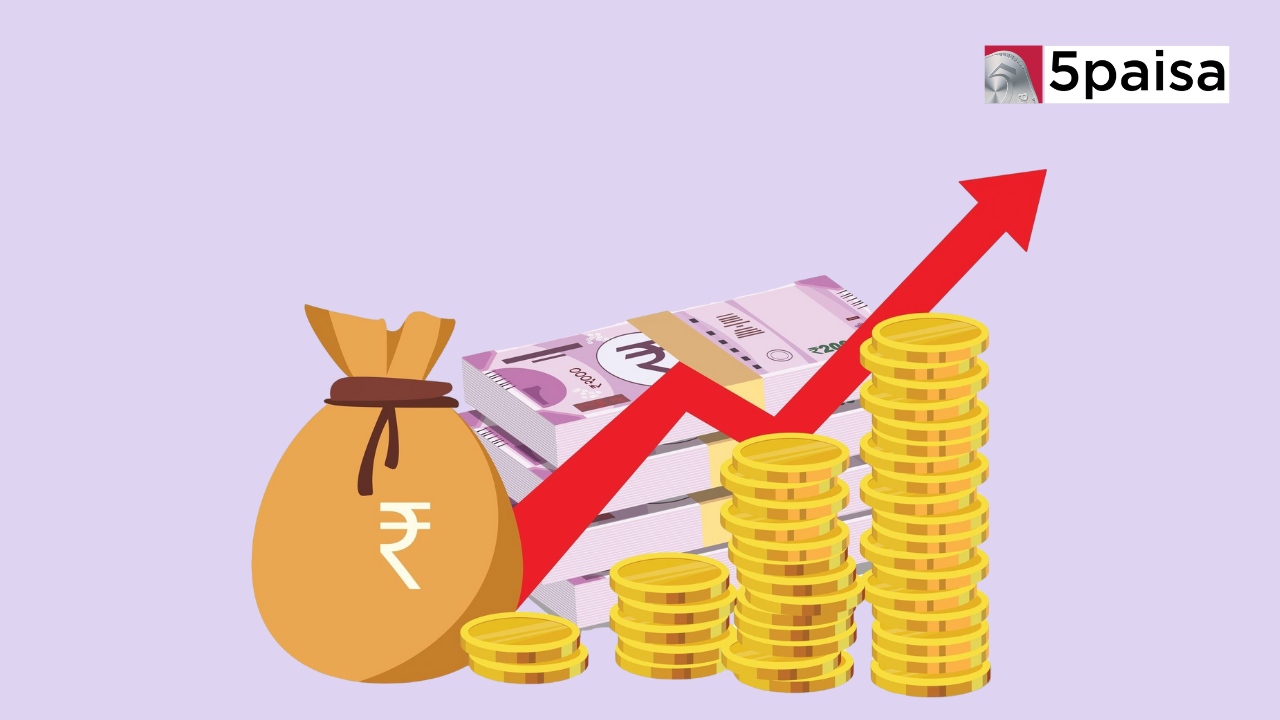3 Technologies Disrupting Finance in 2025: AI, Blockchain & Big Data Revolution
Interest Rate Vs APR

Understanding the difference between interest rates and Annual Percentage Rate (APR) is crucial when taking out a loan or credit card. These terms are often used interchangeably, but they represent different costs associated with borrowing money. Knowing the distinction can help you make an informed decision and choose the most cost-effective option for your financial needs.
What is an Interest Rate?
An interest rate is the percentage of the loan amount that you pay to the lender for borrowing money over a specific period. It is the cost of borrowing money, expressed as an annual rate. Interest rates can be fixed, meaning they remain constant throughout the loan term, or variable, meaning they fluctuate based on market conditions.
For example, if you borrow Rs. 8 lakh to buy a house at a 7.2% interest rate, you will have to pay 7.2% of the loan amount as interest each year. This amounts to approximately ₹63,000 monthly or ₹7,55,855 annually.
What is an APR?
The Annual Percentage Rate (APR) is a more comprehensive measure of the total cost of borrowing money. It includes the interest rate and any additional fees or charges associated with the loan, such as origination fees, closing costs, and mortgage insurance premiums.
The APR is a standardised calculation that lenders use to help borrowers understand the true cost of a loan or credit card. It is expressed as an annual rate, just like the interest rate, but it provides a more accurate representation of the overall cost of borrowing.
For instance, pay Rs if you have a home loan with an interest rate of 7.5%. ₹7,000 in fees over a year, the APR would be approximately 9%. Although the interest rate is lower, the APR is higher, indicating that it will take you longer to repay the entire amount due to the additional fees.
How are Interest Rates and APR Calculated?
Interest rates in India are determined by various factors, including the Reserve Bank of India's (RBI) policy rate, also known as the repo rate.
This is the rate at which the RBI lends to banks. Generally, loan interest rates are higher than the RBI policy rate to cover the lender's operating costs, potential loan losses, and profit margins.
The prime rate is another important factor in determining interest rates. It is the interest rate that banks charge their most creditworthy customers and serves as a benchmark for other interest rates. Borrowers with good credit scores typically receive lower interest rates as lenders consider them less risky.
Other factors that influence interest rates include the type of loan, the loan tenure, the borrower's creditworthiness, and the prevailing market conditions.
APR calculation considers the interest rate, the lender's fees, and the loan length. Interest is calculated by adding up each month's interest charges and dividing by the loan amount, giving an average annual interest rate. The APR is calculated using this rate by incorporating additional fees or charges.
What is the Difference Between Interest Rate and APR?
The primary difference between interest rates and APR lies in the costs they represent. The interest rate is the percentage of the loan amount that you pay in interest charges to the lender. It directly impacts your monthly loan payments.
On the other hand, the APR includes the interest rate and any additional fees or charges associated with the loan. Considering all the expenses involved, it provides a more comprehensive picture of the total cost of borrowing money.
While the interest rate is more important when comparing loans and determining monthly payments, the APR can be helpful when comparing offers from different lenders. It allows you to evaluate the true cost of each option and make an informed decision.
Interest Rates or APR: Which is Better?
When considering a loan, such as a home loan, it's essential to understand both the interest rate and the APR. The interest rate is typically more important because it directly affects your monthly loan payments and the amount you'll pay over the life of the loan.
However, the APR should not be overlooked, as it provides a more comprehensive view of the cost of borrowing. A loan with a lower interest rate but higher APR may cost more in the long run due to additional fees and charges.
When shopping for a loan, it's advisable to focus on both the interest rate and the APR. This approach will clearly understand the true cost and help you make an informed decision that aligns with your financial goals.
Conclusion
Understanding the difference between interest rates and APR is crucial when evaluating loan options. While the interest rate determines your monthly loan payments, the APR provides a more comprehensive picture of the total cost of borrowing, including any additional fees or charges. By considering both the interest rate and the APR, you can make an informed decision and choose the most cost-effective option for your financial needs.
Frequently Asked Questions
Why is the APR higher than the Interest Rate?
Which is More Important When Comparing Loans, Interest Rate or APR?
Can the Interest Rate and APR Be the Same?
How Does a Higher APR Affect My Loan?
- Flat ₹20 Brokerage
- Next-gen Trading
- Advance Charting
- Actionable Ideas
Trending on 5paisa
Personal Finance Related Articles
Disclaimer: Investment in securities market are subject to market risks, read all the related documents carefully before investing. For detailed disclaimer please Click here.

 5paisa Research Team
5paisa Research Team
 Sachin Gupta
Sachin Gupta




